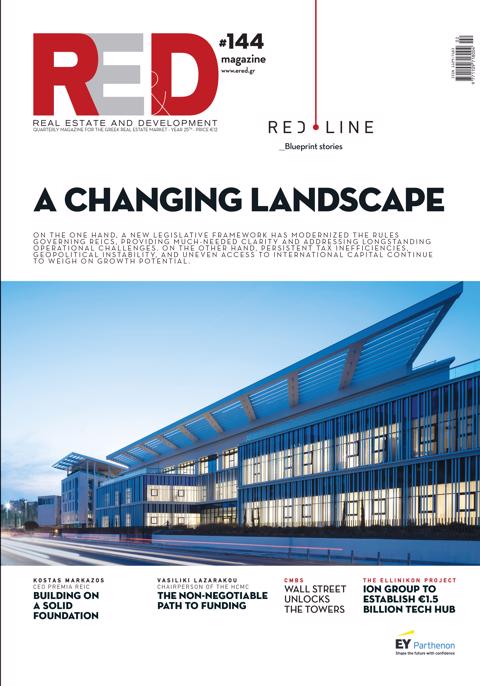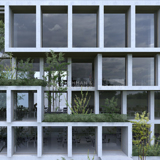As analysts in the Greater Lisbon area suggest, it is projected that by 2030, 2.86 million m² of office space will be at risk of becoming obsolete due to various factors, including climate legislation.
The RETHINKING European Offices 2030 study examines the age of office buildings across 16 major European cities and explores the opportunities available to property owners to redefine or enhance the use of these spaces. According to Cushman & Wakefield, over 170 million m² of office buildings—constructed prior to 2004 and without significant updates since—will be at risk of devaluation by 2030.
Among the 16 cities examined, a clear distinction emerges between Eastern and Western Europe. Eastern Europe, with its younger office stock, faces lower risks of obsolescence, while Western Europe is at greater risk. In the top 7 cities (Milan, Barcelona, Stockholm, Paris, Madrid, Amsterdam, and London), the risk of office stock devaluation is approximately 80%. However, in Munich (60%), Dublin (64%), Lisbon (64%), and Berlin (65%), the risk is lower, due to significant development in commercial parks over the past two years.
In Eastern European cities like Budapest, Prague, and Warsaw, the proportion of office stock at risk is lower, averaging just 43%. This suggests that a large portion of the office stock was built in the last two decades, whereas in Western markets, less than one-fifth of the office stock has been developed in this timeframe.
In Greater Lisbon, it is anticipated that by 2030, 2.86 million m² of office space will be at risk of becoming obsolete. Isabel Simões Correia, RETHINKING Portugal Lead, comments: "Reevaluating usage may be the best solution for central city locations, with hospitality and residential sectors being the predominant alternative uses in these areas. As we move from central to peripheral locations, the range of alternative uses expands, with examples related to healthcare, medical facilities, or data centers, depending on local dynamics."
The Situation in Athens
According to Niki Symboura, head of Cushman & Wakefield in Greece, the highest risk in the Athens metropolitan area is in the city center, where the office stock is older, and fragmented ownership within buildings presents a significant barrier to extensive redevelopment. "In the last eight years, institutional investments in real estate have partially mitigated this risk. Since 2022, there has been an increasing trend of renovation activity in standalone buildings both in the center and the suburbs. The regional markets along the southern and northern axes face a considerably lower risk of office stock devaluation, with Piraeus under the most pressure, following the city center. Moreover, the growing demand for higher-quality office buildings continues to drive development activity."
In Greater Athens, 245,000 m² of newly constructed, predominantly certified office buildings are expected to be delivered by 2027. Of this, 125,000 m² is already leased, meaning that 120,000 m² of new office space will enter the market for leasing. This influx of new developments presents an increased risk for older office buildings, which may struggle to compete. "As the cycle of lease agreement renewals that characterized the market in the past three years concludes, and companies reassess their requirements, we anticipate a rise in relocations to new office spaces over the next two years," Symboura adds.
How to Prevent Obsolescence of Older Stock
Analysts suggest that in areas where the risk of obsolete office space is higher, particularly when demand for office use diminishes, appropriate zoning and supportive urban planning policies can provide a more effective approach to addressing these challenges.
This may involve interventions both at the property level and at the broader area level, allowing for a combination of uses that are attractive. Such strategies will be crucial for property owners who may wish to repurpose spaces while minimizing prolonged periods of vacancy.
Data from MSCI indicates that per-square-meter values for office buildings remain higher compared to other types of properties, typically ranking second only to retail, though local variations exist. Simultaneously, the gap in value between office space and other uses has narrowed. In 2019, other property uses were on average 24% less valuable than offices, but today the difference is only 11%. This shift could provide an impetus for conversions of office spaces into alternative uses.















